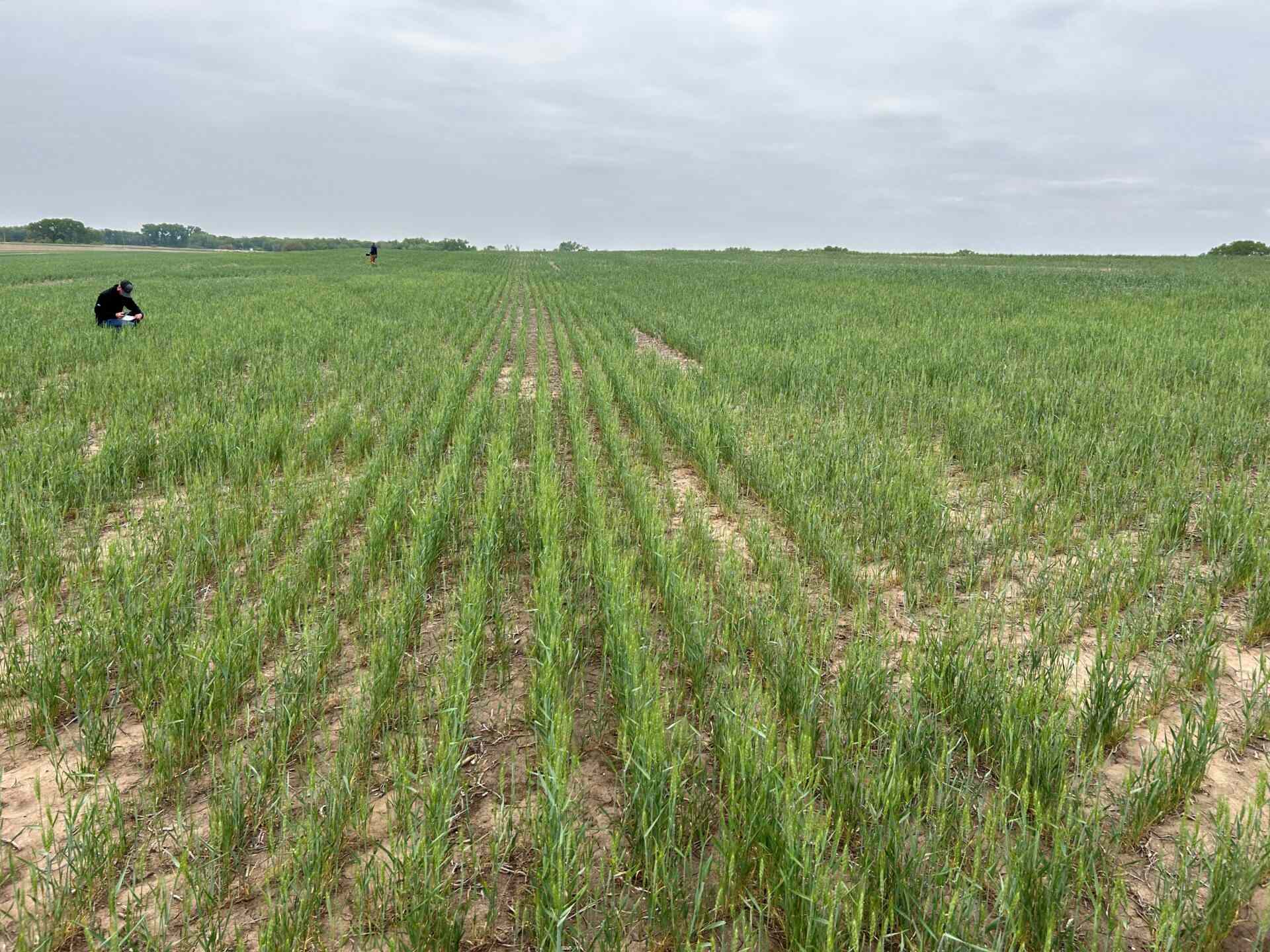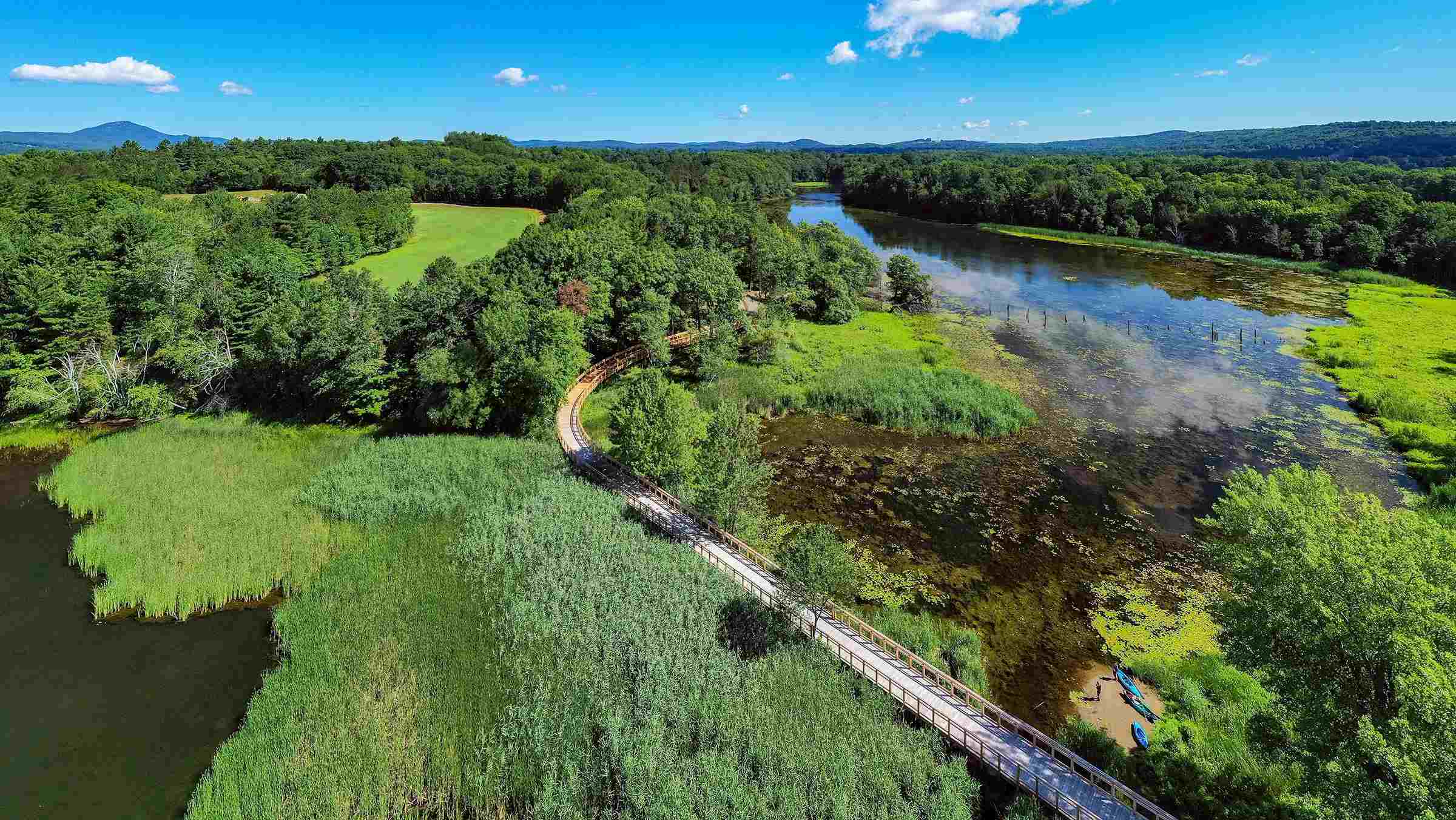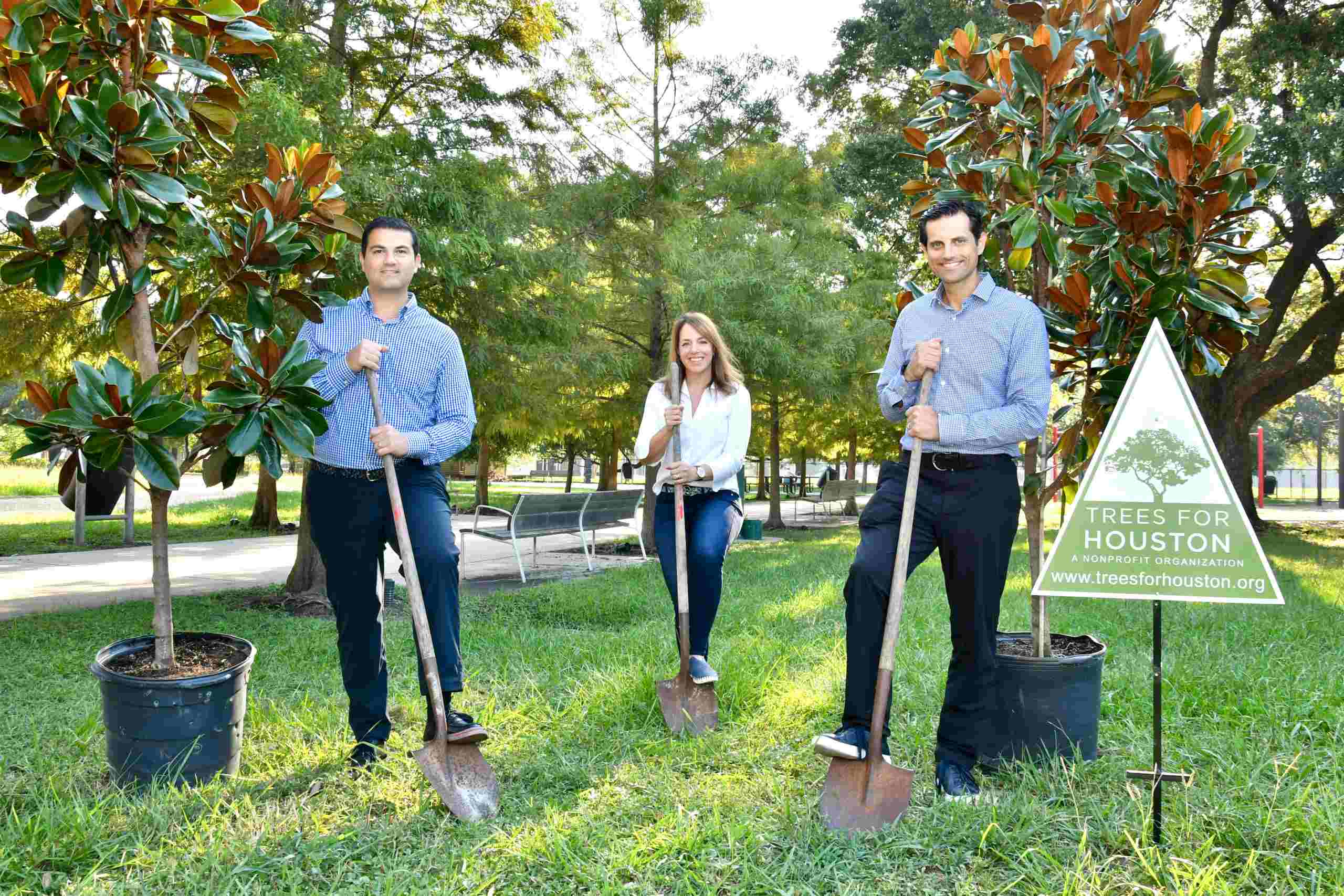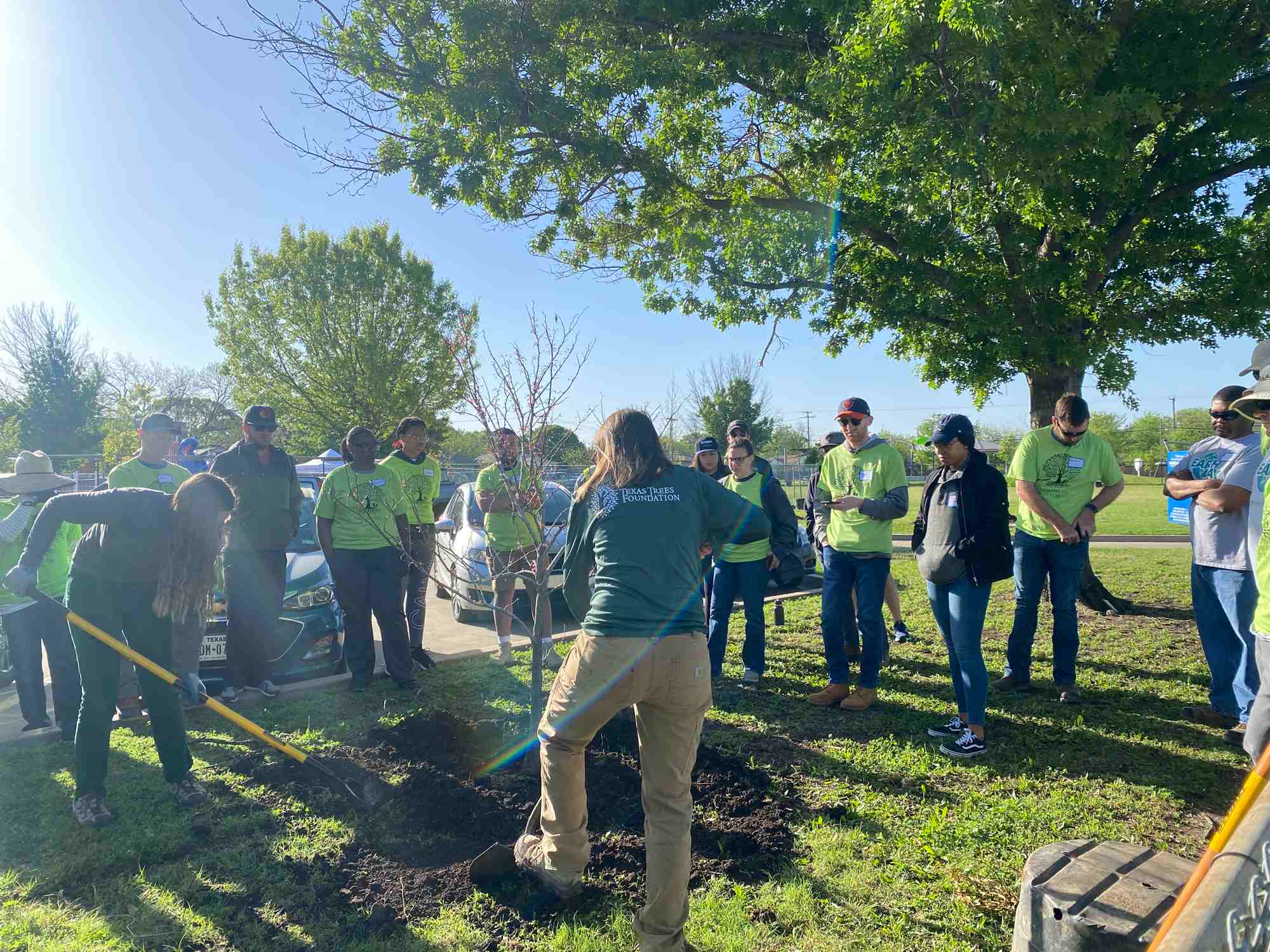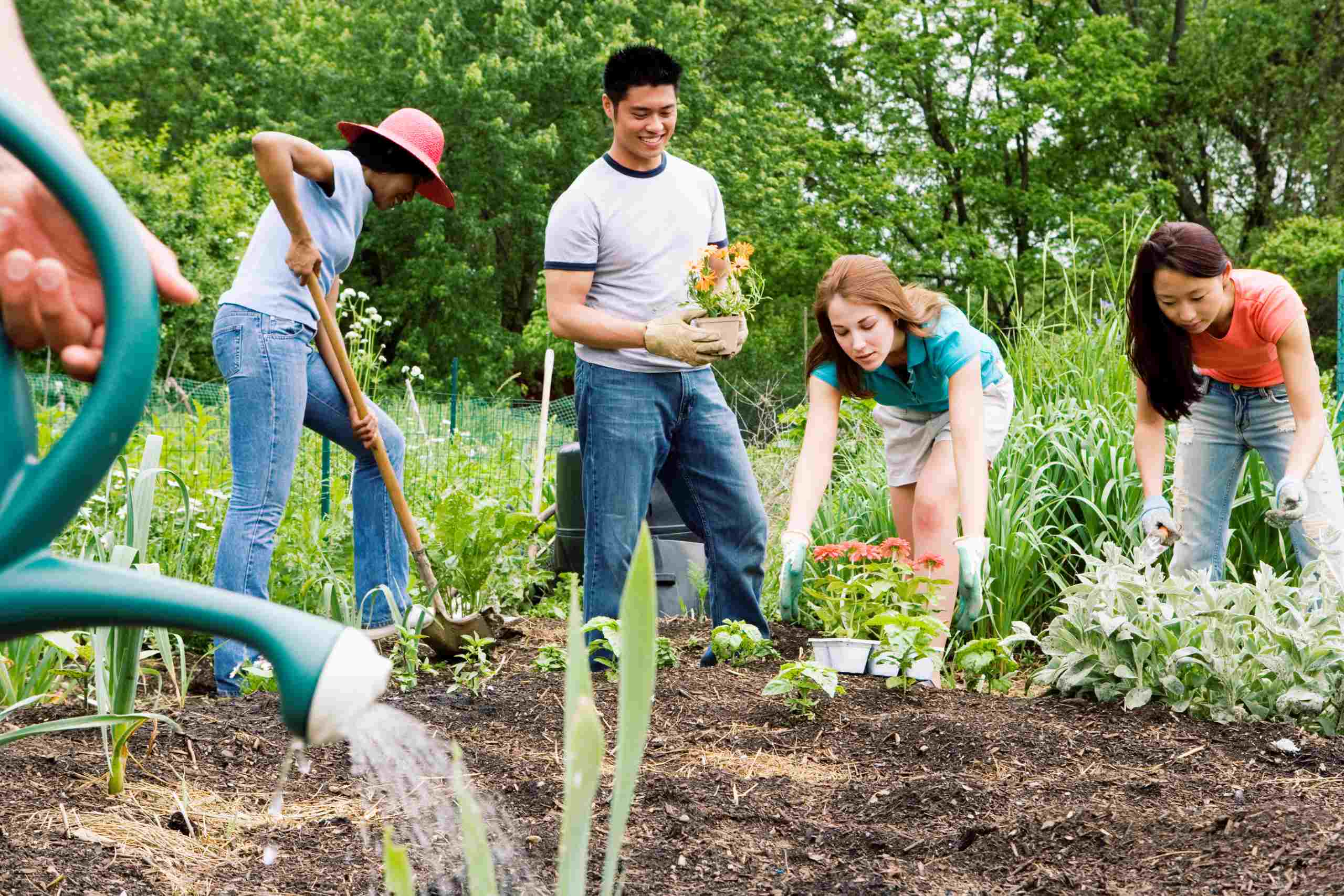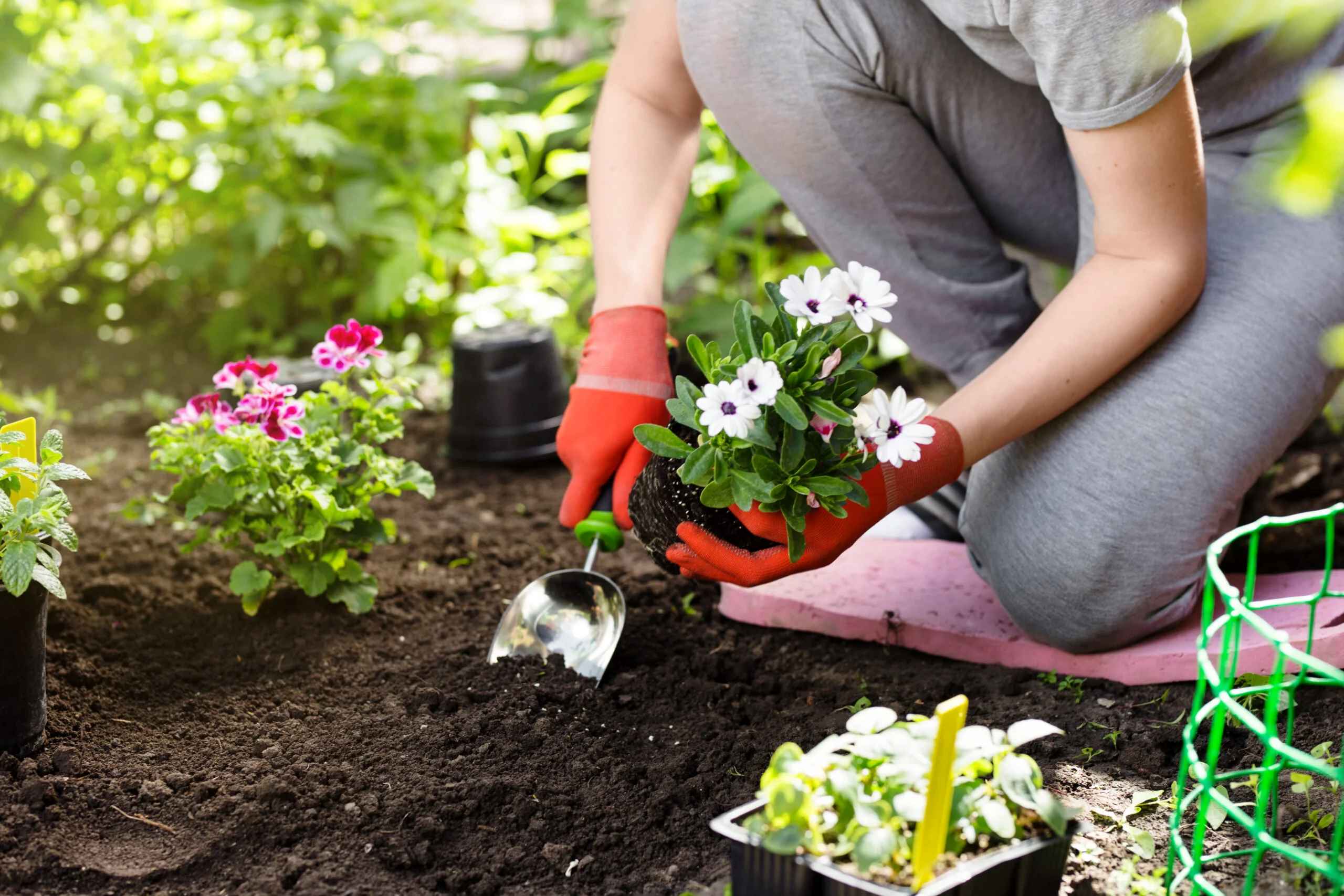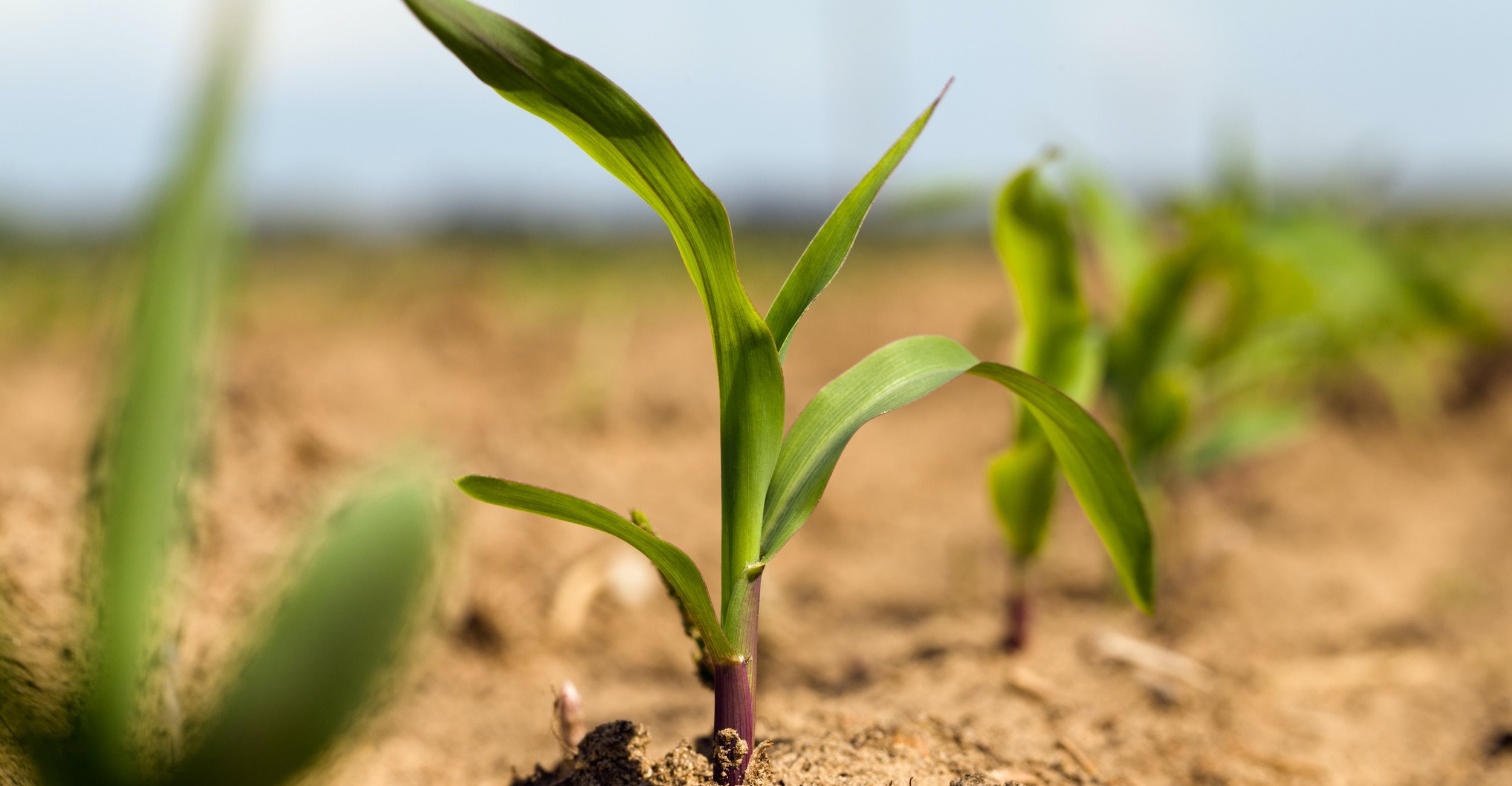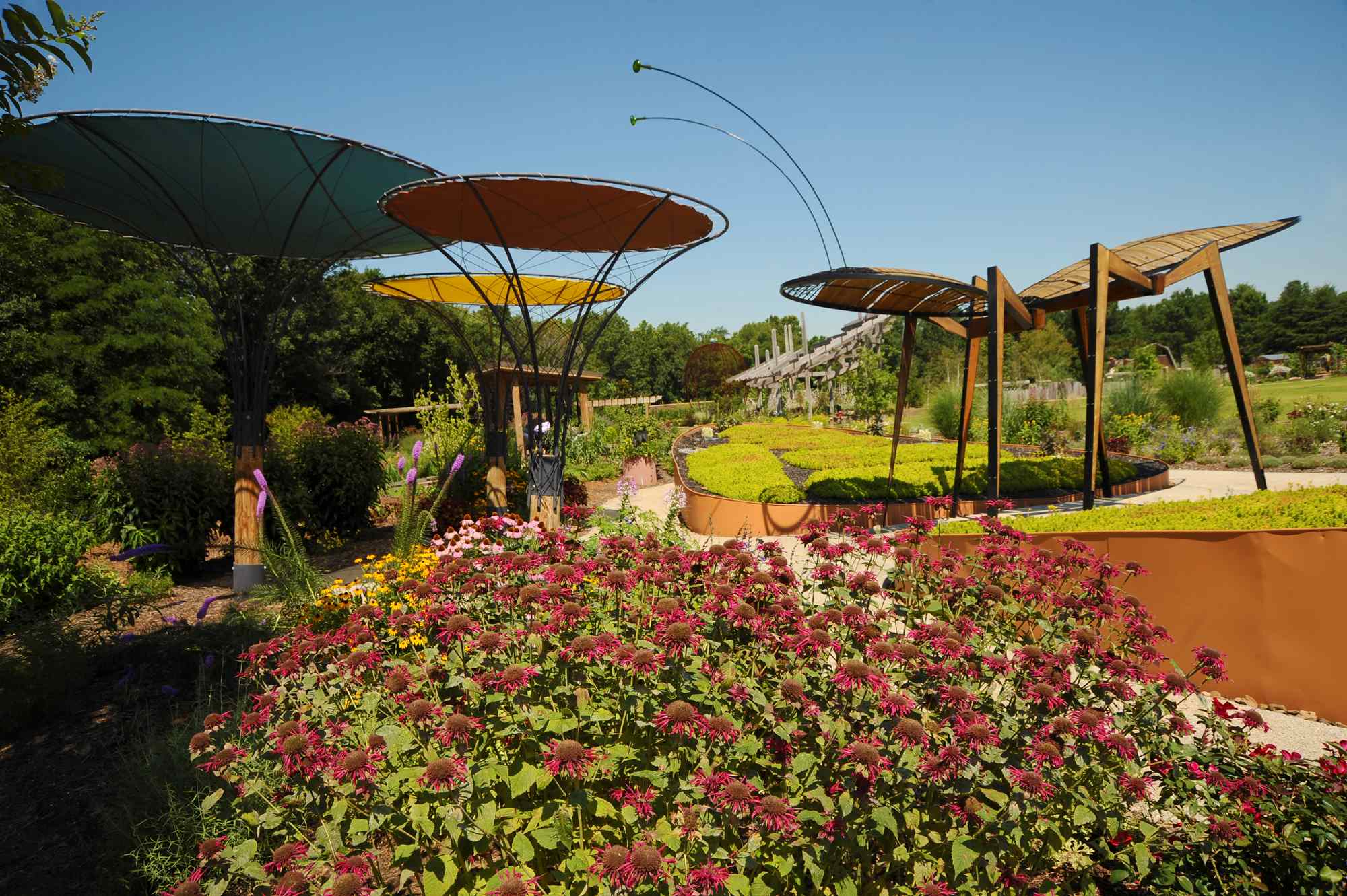Home>Gardening Basics>Understanding Soil>What Planting Zone Is Fresno, CA
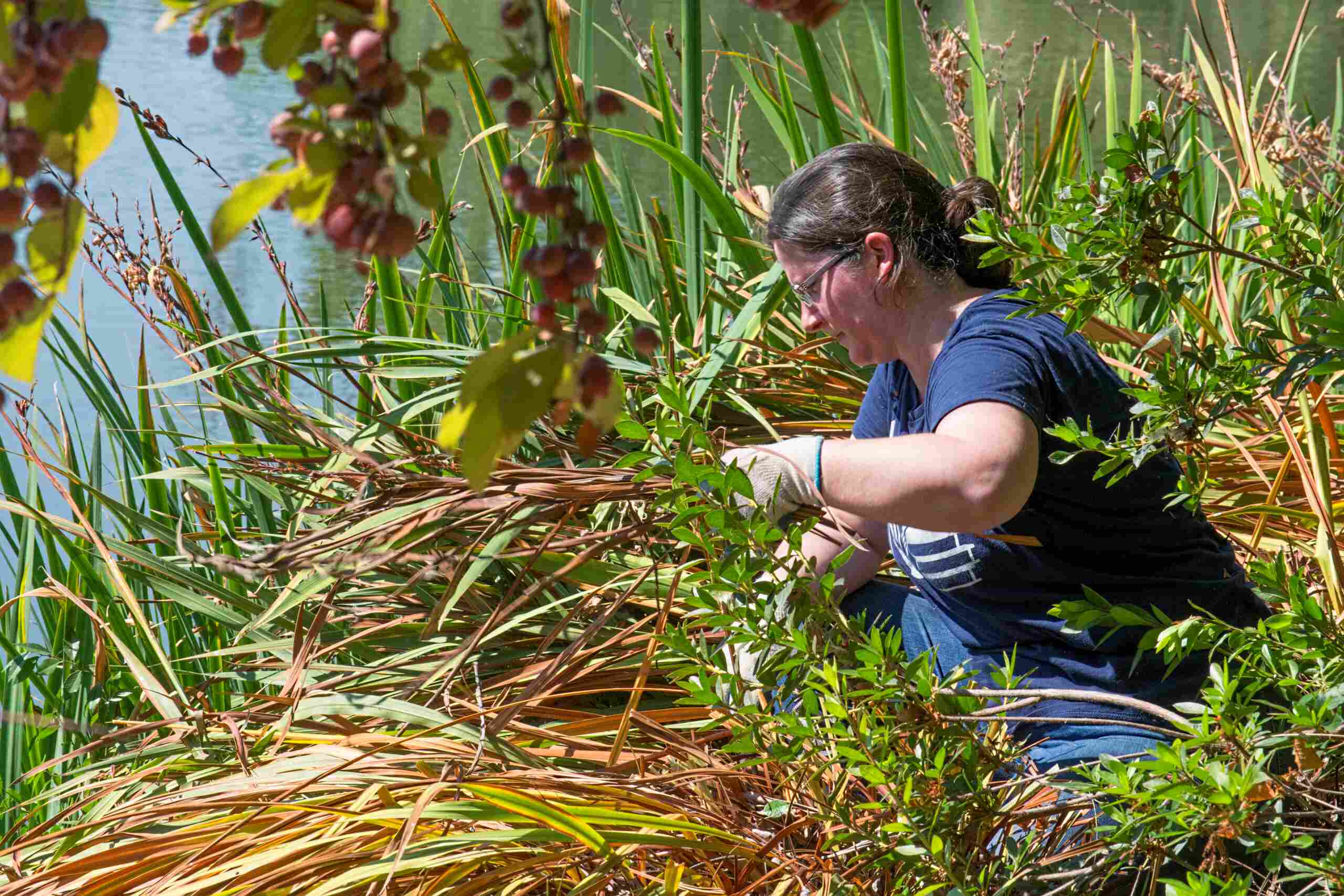

Understanding Soil
What Planting Zone Is Fresno, CA
Modified: January 22, 2024
Find out the planting zone for Fresno, CA and understand how soil quality affects your gardening efforts. Explore the soil composition and its impact on plant growth.
(Many of the links in this article redirect to a specific reviewed product. Your purchase of these products through affiliate links helps to generate commission for Chicagolandgardening.com, at no extra cost. Learn more)
Table of Contents
Introduction
Welcome to Fresno, California, where the warm climate and fertile soil create a paradise for gardeners and plant enthusiasts. Whether you are an experienced gardener or a beginner with a green thumb, understanding the planting zone of Fresno is crucial for successful gardening in this region.
Planting zones serve as a guide to determine which plants are most suitable for specific regions based on their tolerance to temperature and climatic conditions. By knowing the planting zone of Fresno, you can choose the right plants that will thrive in your garden, ensuring a bountiful harvest and beautiful landscape.
But what exactly are planting zones, and how do they affect your gardening endeavors? In this article, we will delve into the concept of planting zones, explore the factors that influence them, and uncover the specific planting zone of Fresno, California. Additionally, we will provide some recommendations for suitable plants that will flourish in Fresno’s unique climate.
So, grab your gardening tools and join us on this journey as we unravel the secrets of Fresno’s planting zone and embark on a fruitful gardening adventure.
Understanding Planting Zones
Planting zones, also known as hardiness zones, are a system developed by the United States Department of Agriculture (USDA) to classify different regions based on their average annual minimum temperatures. These zones provide gardeners and growers with essential information about the types of plants that are most likely to thrive in their specific geographic location.
The USDA Hardiness Zone Map divides North America into 13 zones, ranging from Zone 1 (coldest) to Zone 13 (hottest). Each zone is defined by a specific temperature range, indicating the average lowest temperature that occurs in that region. This information is vital because plants have different temperature requirements and tolerances, and planting outside of a suitable zone can lead to plant stress, poor growth, or even death.
When selecting plants for your garden, it is important to consider the hardiness zone of your area. Choosing plants that are well-suited to your zone ensures that they will be able to withstand the typical weather conditions and thrive in your garden.
It’s worth noting that planting zones are not the only factor determining the success of your garden. Microclimates within your garden, such as sun exposure, wind patterns, and soil composition, can also influence plant health and growth. However, understanding your planting zone provides a useful starting point for selecting appropriate plants and making informed decisions about your gardening practices.
Now that we have a basic understanding of planting zones, let’s explore the factors that can affect these zones and have an impact on the choice of plants within Fresno, California.
Factors Affecting Planting Zones
While the USDA Hardiness Zone Map provides a general guideline for determining planting zones, it is important to recognize that certain factors can influence the local climate and microclimates which in turn affect the planting zones in specific regions. Here are some key factors that can impact the planting zone of Fresno, California:
- Altitude: Fresno’s location in the San Joaquin Valley means that altitude plays a significant role in determining its planting zone. Higher elevations near the Sierra Nevada mountains experience cooler temperatures, while lower elevations have milder winters and warmer summers.
- Proximity to the Coast: Fresno is inland from the California coast, which means it experiences a Mediterranean climate. However, its distance from the coast influences temperature fluctuations, with coastal areas experiencing cooler summers and warmer winters compared to inland regions.
- Topography: The local topography of Fresno can create variations in temperature and microclimates. Hills, valleys, and slopes can affect wind patterns, sun exposure, and drainage, all of which impact plant health and growth.
- Water Sources: Availability of water sources, including rivers, lakes, and irrigation systems, can affect the local climate and soil moisture levels. Areas with more abundant water resources may have slightly different planting zone considerations compared to drier regions.
- Urban Heat Island Effect: Urban areas tend to have higher temperatures compared to surrounding rural areas due to the presence of buildings, pavement, and other heat-absorbing materials. This urban heat island effect can result in slightly warmer planting zones within city limits.
These factors interact with one another to create a unique climate and microclimate conditions within Fresno, consequently influencing the planting zone of the region. It is crucial for gardeners and plant enthusiasts to take these factors into account when selecting plants for their Fresno gardens. By understanding the local climate and microclimates, you can make informed choices and create optimal growing conditions for your plants.
Climate of Fresno, CA
Fresno, located in the heart of California’s San Joaquin Valley, experiences a Mediterranean climate characterized by hot, dry summers and mild, wet winters. Understanding the climate of Fresno is essential for selecting plants that can thrive in this region. Here are some key aspects of Fresno’s climate:
Temperature: Fresno is known for its hot summers, with temperatures often surpassing 100°F (38°C) during the peak months of July and August. Winters are generally mild, with average high temperatures ranging from the mid-50s to low 60s°F (12-16°C) and nighttime temperatures dropping into the mid-30s to low 40s°F (1-5°C).
Precipitation: Fresno receives the majority of its rainfall between November and March, with the wettest months typically being December and January. The average annual precipitation in Fresno is around 11 inches (28 cm). Summers are mostly dry, with little to no rainfall.
Sunshine: Fresno enjoys abundant sunshine throughout the year, with an average of over 270 sunny days annually. This favorable sun exposure provides ample energy for plant growth and ripening of fruits and vegetables.
Wind: Fresno experiences occasional winds, particularly during the late spring and early summer months. These winds can help alleviate hot temperatures but may also increase evaporation and dry out the soil more quickly. It’s important to consider wind patterns and provide proper shelter for more delicate plants.
Frost and Freezing Temperatures: Despite its generally mild winters, Fresno can experience occasional frost and freezing temperatures, especially in the colder months of December and January. Gardeners should be aware of the potential frost dates and protect tender plants when freezing conditions are expected.
Understanding the climate of Fresno is essential for successful gardening and plant selection. By choosing plants that can tolerate and thrive in Fresno’s hot, dry summers and mild, wet winters, you can create a vibrant and flourishing garden throughout the year.
Planting Zone of Fresno, CA
Fresno, California falls into USDA Hardiness Zone 9a, which is considered a relatively mild planting zone. This designation signifies that Fresno experiences an average minimum temperature range of 20-25°F (-6 to -4°C) during the winter months. Knowing the planting zone of Fresno allows gardeners to select plants that are hardy enough to withstand the occasional frost and freezing temperatures that may occur during the colder season.
Zone 9a of Fresno provides a favorable climate for a wide variety of plants. While the summers can be hot, the long growing season and milder winters enable the cultivation of various crops and ornamentals. Popular plants that thrive in Zone 9a include citruses, such as oranges, lemons, and grapefruits, as well as tomatoes, peppers, and herbs like rosemary and lavender. Additionally, flowering plants like roses, bougainvillea, and camellias are well-suited to this zone.
However, it is important to consider other factors, such as the amount of sunlight, water availability, and soil type, when selecting plants for your garden in Fresno. Proper planning and research ensure that you choose the right plants that will not only survive but thrive in your specific garden conditions.
Gardeners in Fresno can take advantage of the long growing season by utilizing techniques like succession planting and crop rotation. These practices can help maximize the yield and diversity of crops throughout the year.
By understanding the planting zone of Fresno and considering the specific environmental factors, you can create a beautiful and productive garden filled with plants that are well-adapted to the unique climate and conditions of the region.
Suitable Plants for Fresno, CA
Fresno, California’s mild climate in USDA Hardiness Zone 9a offers a wide range of plants that can thrive in the region. Whether you’re interested in growing edible crops, vibrant flowers, or lush foliage, there are numerous options to choose from. Here is a selection of suitable plants for Fresno:
- Vegetables: Fresno’s long growing season allows for a variety of vegetables to be grown. Some popular choices include tomatoes, peppers, cucumbers, zucchini, eggplant, and various leafy greens like lettuce, spinach, and kale.
- Fruits: Take advantage of Fresno’s favorable climate for fruit trees and bushes. Citrus fruits such as oranges, lemons, limes, and tangerines thrive in this region. Other fruit options include peaches, apricots, plums, pomegranates, figs, and grapes.
- Herbs: Fresno’s warmth and sunshine are perfect for growing an array of aromatic herbs. Consider planting rosemary, thyme, oregano, basil, mint, and parsley to enhance your culinary creations.
- Flowers: Add color and beauty to your garden with flowers that flourish in Fresno’s climate. Some popular flowering plants include roses, bougainvillea, geraniums, marigolds, petunias, and sunflowers.
- Drought-Tolerant Plants: Fresno’s dry summers make it essential to choose plants that are well-suited to drought conditions. Look for succulents like agave and aloe vera, as well as Mediterranean plants like lavender, yarrow, salvias, and California poppies.
- Native Plants: Embrace the local ecosystem and consider incorporating native plants into your garden. Native species are well-adapted to Fresno’s climate and require minimal maintenance once established. Some examples include California buckwheat, California lilac, toyon, and yucca.
When selecting plants, consider factors such as sun exposure, soil type, and water requirements. Additionally, remember to provide proper care, including regular watering, fertilization, and pest control, to ensure the health and vitality of your chosen plants.
Whether you’re cultivating a vegetable garden, creating a vibrant flower bed, or designing a drought-tolerant landscape, choosing suitable plants for Fresno’s climate will help you achieve a beautiful and thriving garden.
Conclusion
Understanding the planting zone and climate of Fresno, California is crucial for successful gardening and plant selection. Fresno falls into USDA Hardiness Zone 9a, which offers a mild climate with hot summers and mild, wet winters. This zone provides a wide range of opportunities for gardeners to grow a variety of plants, including vegetables, fruits, herbs, flowers, and drought-tolerant species.
Factors such as altitude, proximity to the coast, topography, water sources, and the urban heat island effect can influence the local climate and microclimates within Fresno, impacting the specific planting zone considerations. By considering these factors, gardeners can make informed decisions and choose plants that are well-suited to Fresno’s unique conditions.
Plant selection and care should also take into account other factors like sun exposure, soil composition, and water availability. By choosing appropriate plants and providing proper maintenance, including watering, fertilizing, and pest control, gardeners can create a thriving and beautiful garden in Fresno.
So, whether you’re an experienced gardener or just starting your green journey, embrace Fresno’s planting zone, explore the diverse range of plant options, and enjoy the rewards of a flourishing garden. With the right plants, care, and a touch of creativity, you can create a captivating and vibrant outdoor space that showcases the natural beauty of Fresno, California.

